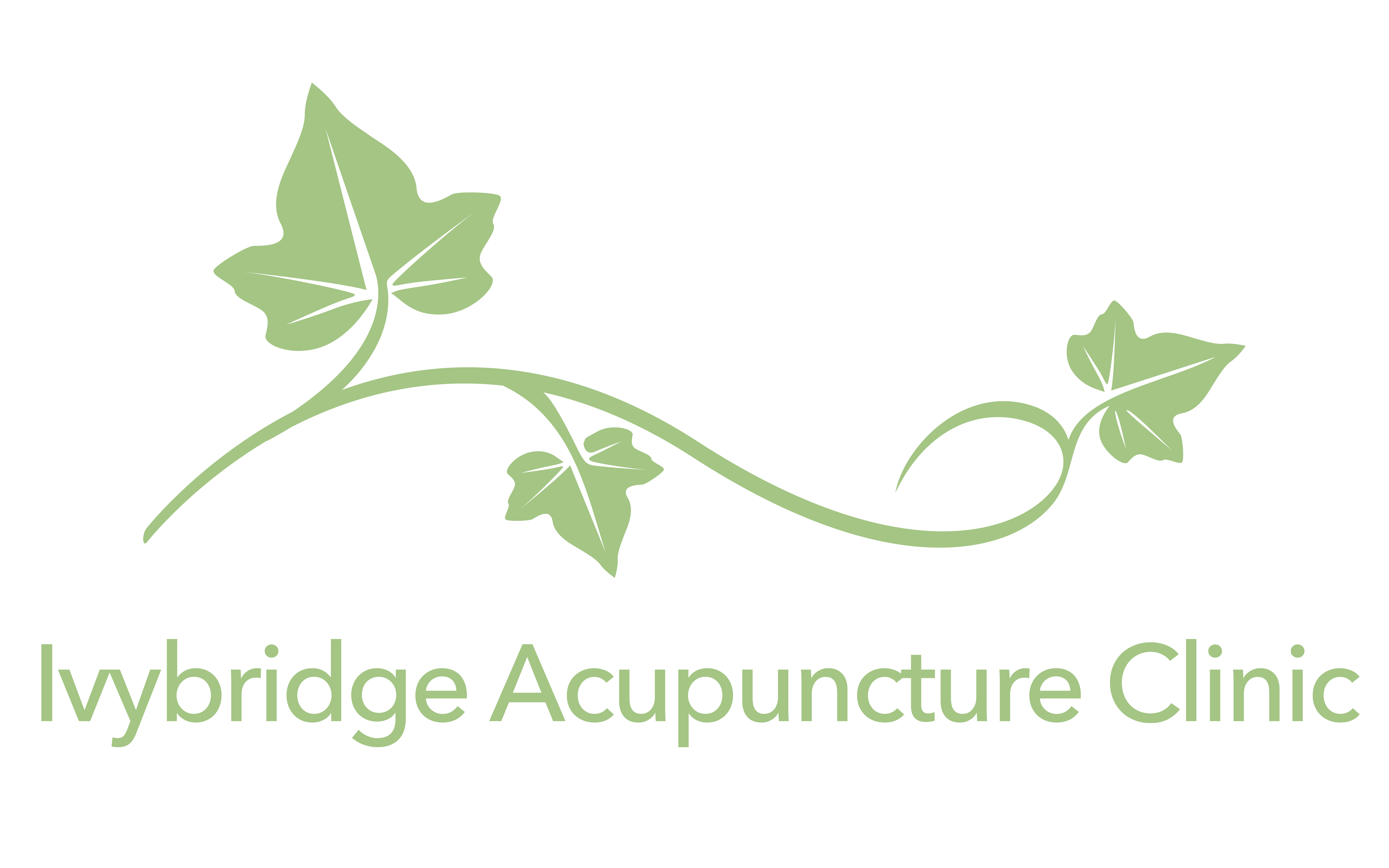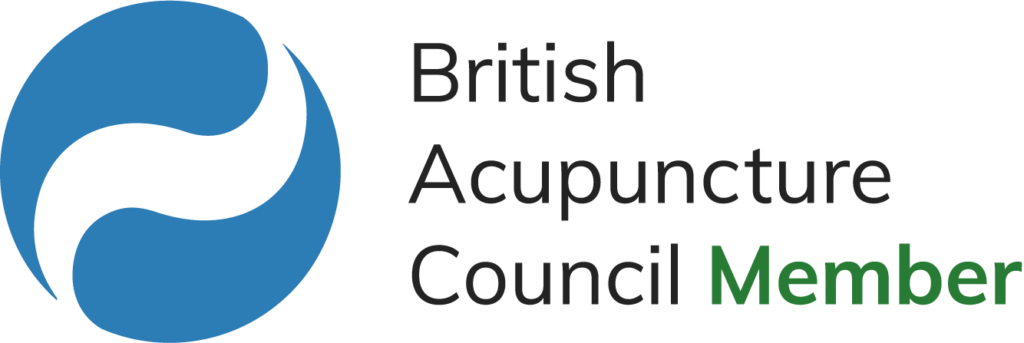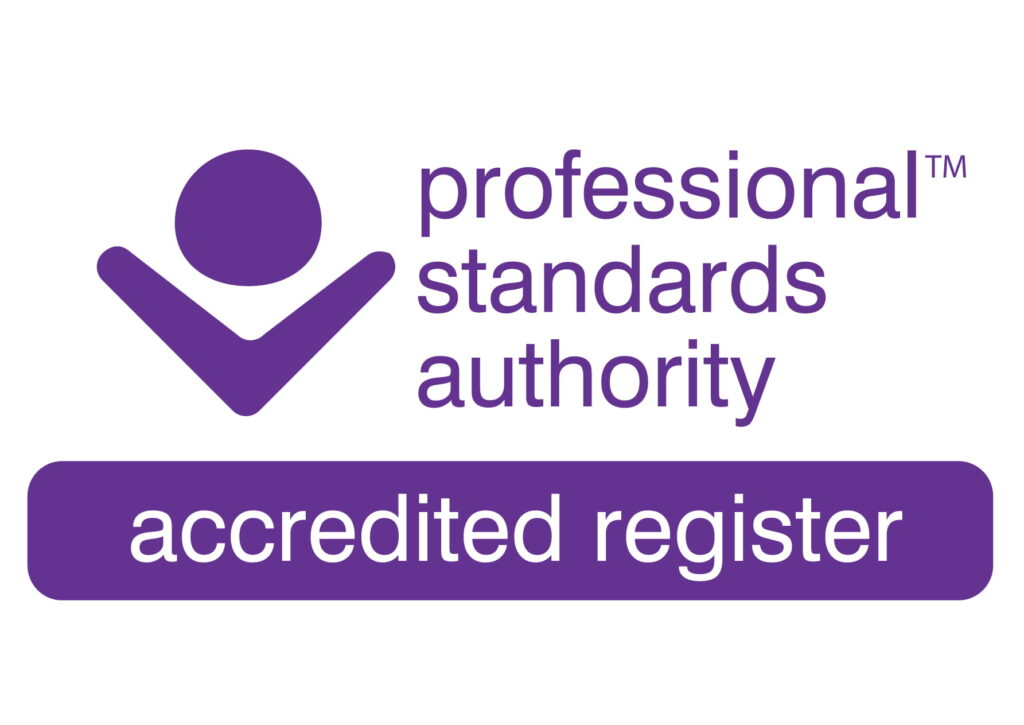Chinese Massage (Tui Na)
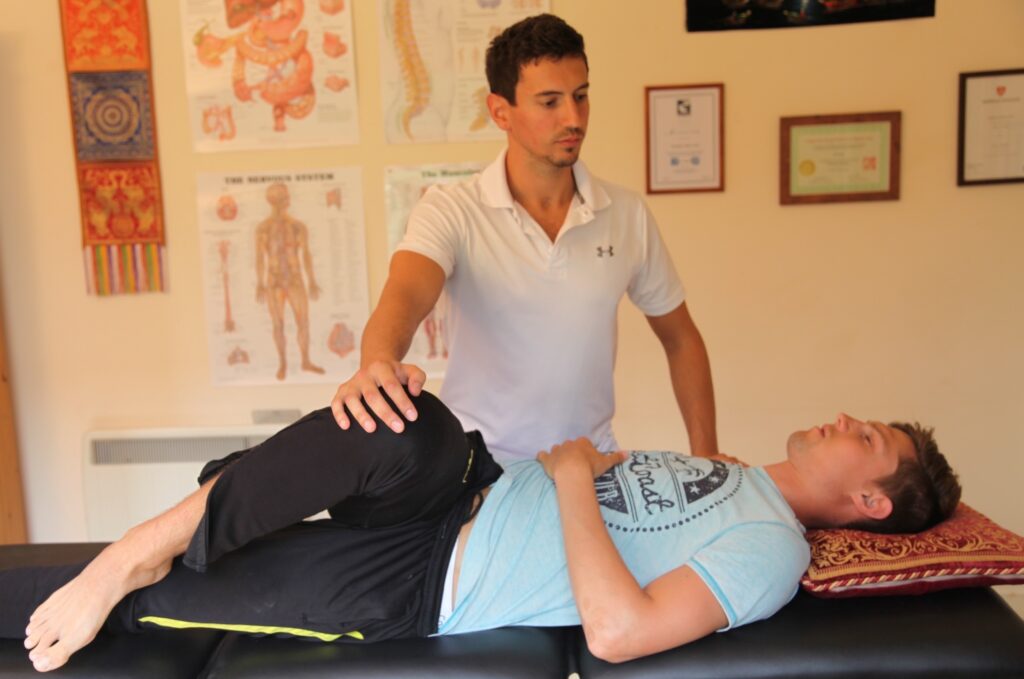
What is Chinese Massage?
Traditional Chinese Massage (Tui Na) is uses a unique combination of massage techniques:
- Deep tissues massage
- Acupressure and Trigger Point therapy
- Stretches and Mobilisations.
Dating back more than 2000 years, elements of Tui Na have inspired many modern forms of massage including: Shiatsu, Myofascial release therapy, Reflexology and Chiropractice.
We offer Chinese massage in combination with acupuncture treatment for specific conditions such as musculoskeletal pain and sports injuries. Massage can help release muscular tension, improve circulation, correct postural misalignments and relieve stress.
Acupressure and Trigger Point Therapy
Nick specialises in acupressure and trigger point therapy which is where Chinese massage is most unique and effective. Direct pressure is applied to tender points around the site of pain/ injury or important acu-points in the region.
Often this pressure feels deeply relieving, and feels like ‘the root’ of the pain is being found and addressed! Nick is adept at finding these points and the root of your pain or injury.
Acupressure works hand in hand with Acupuncture and Nick will regularly use these therapies together in practice, especially in the treatment of musculoskeletal pain and sports injuries.
Did you know?
Acupressure has been shown to relieve different types of pain, including;
- Dysmenorrhea (menstrual pain)
- Labor pain
- Lower back pain
- Chronic headaches
- Other traumatic pain
As well as helping to relieve muscular tension and pain, acupressure has a deeply relaxing effect on the nervous system and can really help to relieve stress. Another recent study found that self-administered acupressure was effective for helping to improve sleep!
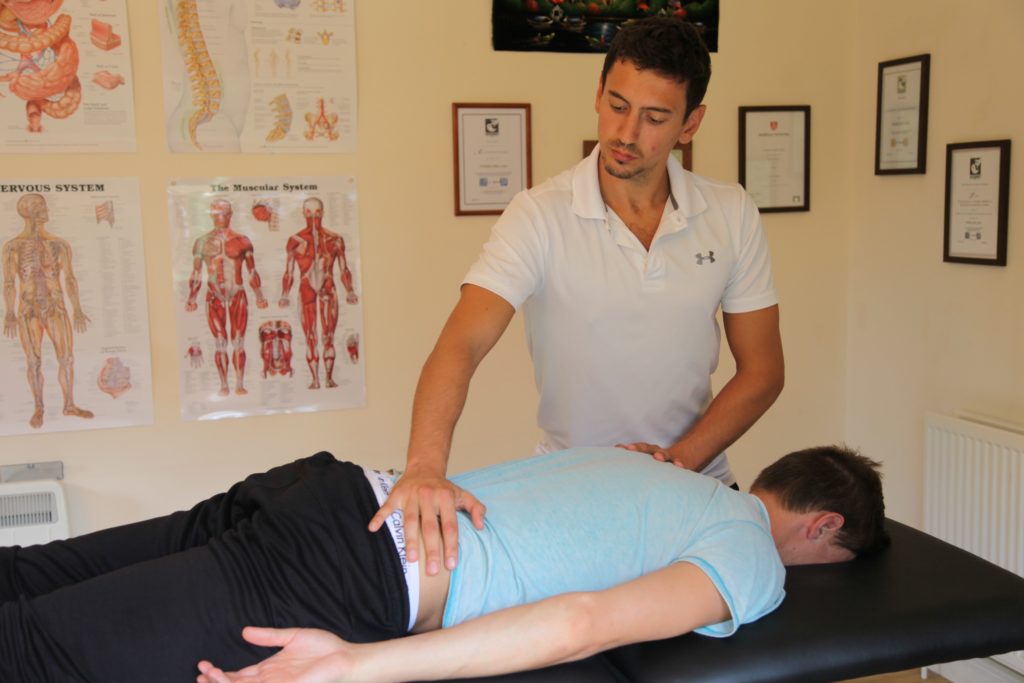
Nerve Pain
What causes physical pain? Well it’s complicated, but a big part of the story is muscular tension. It is common to find excessively tight muscles surrounding the area at a site of chronic pain or injury; these muscles often ‘lock up’ to protect a joint or vital structure. Excessive muscular tension in a particular area can pull certain joints out of their natural alignment. Over time these have a knock-on effect on many other aspects of the body leaving people feeling like “my whole body just feels out of place!”
Pain from trapped nerves (e.g. sciatica), are commonly seen in clinic. Nerves can become pinched and inflamed either due to compression in particular joint, excessively tight muscles, or both! Chinese Massage uses a variety of deep tissue massage techniques to help release the muscles and soft tissues around the site of pain or injury, as well as traction techniques to decompress the joint spaces. This can help the healing process by reducing inflammation and increasing circulation at the site of the injury, and taking pressure off the site of pinched nerves.
Traction, Articulation and Manipulation

The manipulation techniques of Chinese Massage are similar to many chiropractic and osteopathic techniques. They involve re-aligning and adjusting the various joints and the spine in a safe and controlled manner. Traction and articulation techniques involve gently moving the joints through various ranges of motion. They are designed to help relax the tissues around the site of a joint, and relieve any pressure in the joint spaces and take the pressure off any pinched or trapped nerves.
The benefits of having a well aligned skeletal structure cannot be over-stated. On a muscular level, a well aligned skeleton will distribute the weight of the body down more evenly in harmony with gravity rather than fighting against it. The vast majority of chronic pain is associated with some kind of skeletal misalignment and requires both manipulation techniques as well as deep tissue massage and acupressure to help fully re-align and correct the body’s posture.
Massage for the Immune System, Organs and the Mind
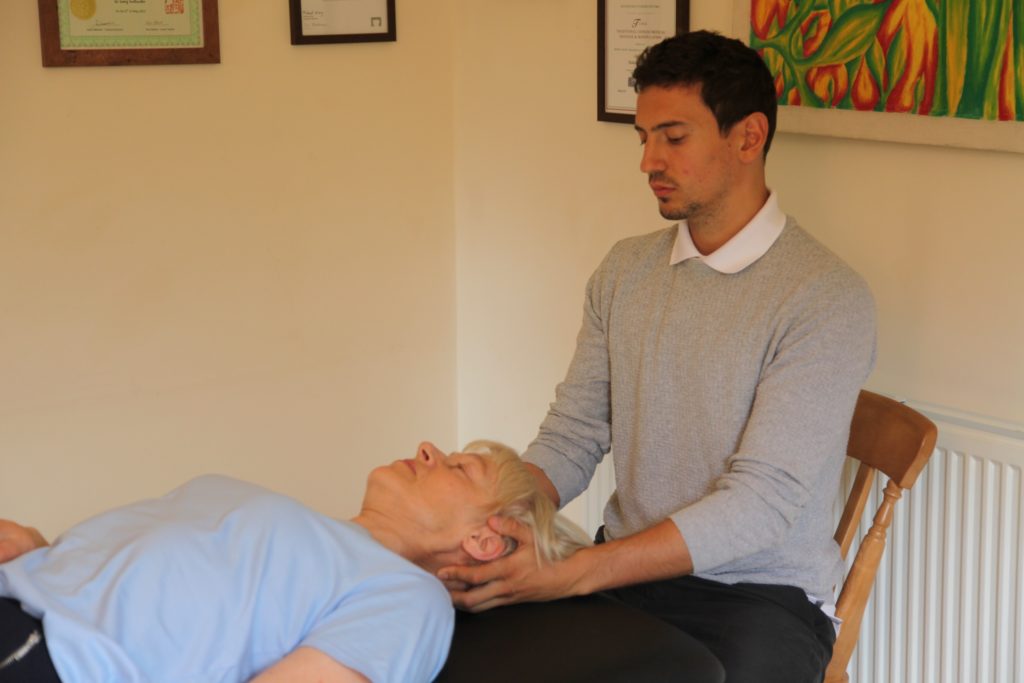
Tui Na Massage is commonly used for the treatment of the internal organs. Organs can often become pressured or constricted by muscular tension or misalignments in the spine. By releasing this tension and re-aligning the spine, any excess pressure is removed and the organ can function more efficiently. In some cases, such as the intestines, we massage the organs directly which is especially useful in cases of IBS and constipation.
The effects of massage in increasing the circulation of blood and lymph fluid in the body is well documented. This is essential for maintaining a healthy body and a strong immune system by ensuring a good supply of oxygenated blood and nutrients to the tissues and organs.
Chinese Massage also has a very calming effect on the nervous system and directly increases ‘parasympathetic’ action. This is the restful state of our nervous system, the opposite of the ‘fight or flight’ or ‘sympathetic’ state which most of us find ourselves stuck in all too often. By balancing the the nervous system, massage can have a very positive effect on psycho-emotional issues such as stress, anxiety and depression.
